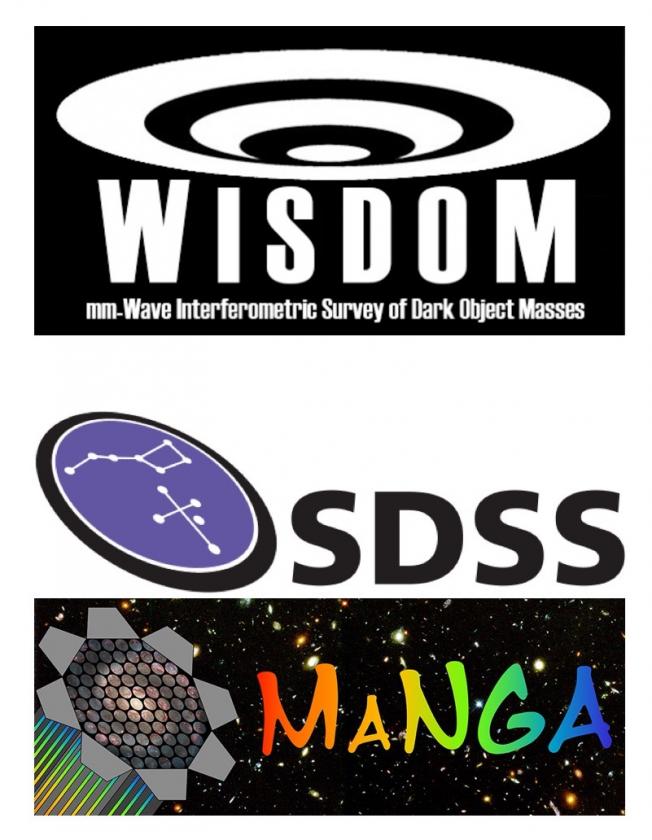General information
I am Liáng, Fù-Héng (or in Chinese 梁赋珩) from China. Usually, I just go by "Eric". My personal (permanent) email address is ericfuhengliang at gmail.com
I went to Tsinghua University in Beijing for my Bachelor's and Master's degrees. Then I moved to Oxford in autumn 2020 to start a PhD degree in astrophysics supervised by Prof. Martin Bureau.
My study here is on giant molecular clouds (GMCs). What are GMCs and why are we interested in them? It is universally known that stars are the building block of the luminous universe. The formation, evolution, and retirement of a galaxy is determined by (or reflected in) its star formation. Despite the rapid development of modern astronomy, there are still many mysteries surrounding the star formation process. As fuel of stars, molecular gas plays a vital role in this process. The majority of star formation is believed to happen in GMCs. The study of GMCs will therefore be the key in revealing the entire picture of star formation (incl. the reason for the absence of star formation). As part of the WISDOM (millimetre-Wave Interferometric Survey of Dark Object Masses) team, we observe CO (carbon monoxide) as a tracer of molecular hydrogen and other molecules, measure cloud mass, size, and velocity dispersion, which have been shown to follow Larson scaling relations. In recent years, with powerful data from Atacama Large Millimeter/submillimeter Array (ALMA), we can extend GMC studies to a variety of galactic environments beyond the local universe, to which previous studies were limited. We will try to answer whether GMCs are gravitationally bound (thus long-lived) or unbound (transient), what causes turbulence in molecular gas, what triggers or suppresses the star formation process, etc.
Previously, I studied the stellar initial mass function (IMF) using Wolf-Rayet galaxies found in SDSS-IV/MaNGA. Collaborators and I discovered a dependence of the IMF's high-mass-end slope on metallicity (i.e. the abundance of heavy elements), consistent with some recent literature using different approaches. In other words, a higher metallicity tends to make the IMF more bottom-heavy (i.e. more low-mass stars). Please see publications for details.
In addition, I have worked on HI (neutral hydrogen) mass function with data of the Arecibo Ultra-Deep Survey and I have also helped with a study on the dust attenuation law. Please see publications for details.



